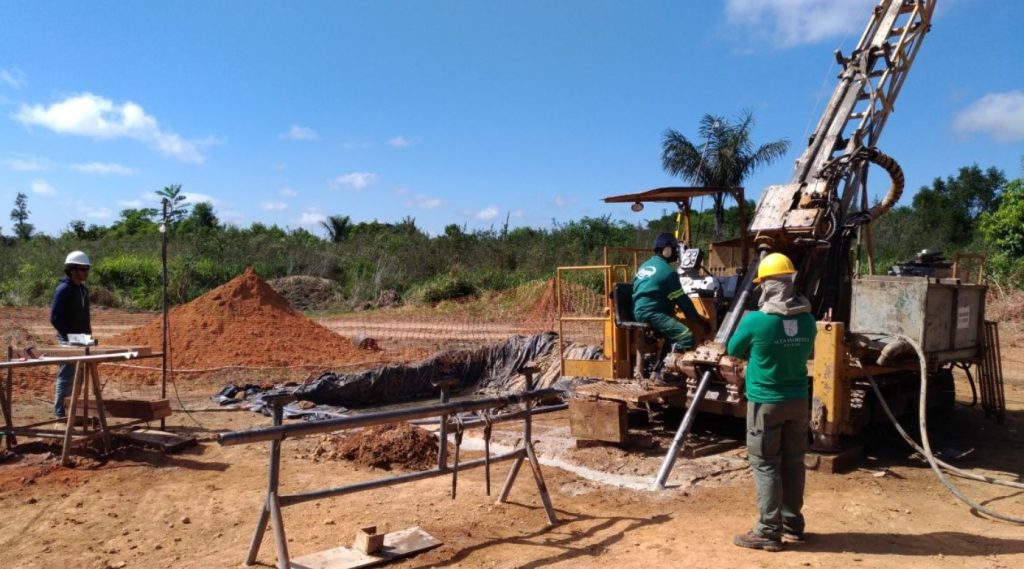Altamira confirms porphyry gold find at Brazil project

Altamira Gold Corp. [ALTA-TSXV, EQTRF-OTC Pink, T6UP-FSE] has confirmed that the Maria Bonita discovery, which forms part of the Cajueiro project in Para state, Brazil, is a porphyry gold deposit.
In April, 2023 when the company released assay results from the first two diamond drill holes completed at the previously untested Maria Bonita target, the company said the intense quartz stockwork veining observed in the first two holes was unlike any other style of mineralization thus far encountered in the Cajueiro area.
“This style of gold mineralization, together with the size of the gold-in-soil anomaly (800 x 800 metres), suggest that Maria Bonita may have significant bulk-tonnage potential,’’ said Altamira CEO Mike Bennett.
In an update Wednesday, the company said a field review of the drill core form the Maria Bonita discovery by renowned expert consultant Dr R. Sillitoe has confirmed the porphyry origin of the mineralization. “Maria Bonita is undoubtedly a porphyry gold deposit as shown by the control of quartz veinlet intensity and gold grade as well as the A-type character of the quartz veinlets,’’ the company said in a press release.
On Wednesday, Altamira Gold shares were unchanged at 11 cents. The shares are currently trading in a 52-week range of 26 cents and 10 cents.
The Cajueiro project is located approximately 75 kilometres northwest of the town of Alta Foresta in the state of Mato Grosso in central western Brazil and is easily accessible by road. Cajueiro is the most advanced of three key projects that Altamira controls in the region, the other two being Apiacas and Santa Helena.
Cajueiro hosts an indicated resource of 5.7 million tonnes of grade 1.02 g/t gold (185,000 ounces) and an inferred resource of 12.7 million tonnes of grade 1.26 g/t gold (515,000 ounces).
Maria Bonita is located 7.0 kilometres west of the Cajueiro mineral resource and is also accessible by road. Drilling to date has defined various intercepts of relatively uniform gold mineralization from surface associated with quartz veining and pervasive potassic alteration within a rhyolite intrusive. The best intercept to date is 146 million of 1.0 g/t gold from a depth of 23 metres.
“Following the receipt of recent drill results at Maria Bonita, we have moved swiftly to further our understanding of the potential of the Cajueiro district by engaging highly regarded industry specialist consultants,’’ said Bennett. The attribution of a porphyry gold style in the mineralization at Maria Bonita is a very significant development for the company as it is the first discovery of this type in Brazil,’’ he said.
“This realization provides a framework within which to interpret the current drill results, allow us to better vector further drilling and also opens up new search areas for mineralized intrusive bodies in the Cajueiro district.’’
